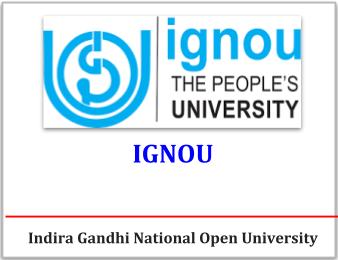(HOT) UPSC Current Affairs 2025 PDF
NEW! The Gist (NOV-2025) | E-BOOKS
IGNOU HISTORY NOTES : History Of China and Japan (1840-1949) - Traditional Economy: China and Japan

IGNOU HISTORY Study Notes for IAS, UPSC Exams
History Of China and Japan (1840-1949)
Traditional Economy: China and Japan
Structure
4.0 Objectives
4.1 Introduction
4.2 Components of Traditional Chinese Economy
4.3 Agriculture
4.4 Handicrafts Industry
4.5 Indigenous Transport
4.6 Trade and Commerce
4.7 Obstacles in Capitalistic Development
4.8 Japanese Economy
4.8.1 Chinese Influence
4.8.2 Sbocn and the Rise of the Warriors
4.8.3 The Country at War
4.9 Economy in the Tokugawa Period
4.10 Let Us Sum Up
4.11 Answers to Check Your Progress Exercises
4.0 OBJECTIVES
After reading this Unit you should be able to know about the:
- components of traditional Chinese economy,
- state of economy and society in Ming and Ch'ing China,
- process of economic development in traditional Japan,
- major components of traditional Japanese economy,
- effect of economic growth on Japanese society, and
- development of skills and institutions whichmade modemisation possible in Japan.
4.1 INTRODUCTION
In this Unit an attempt has been made to familiarise you with the economic conditions
in traditional China and Japan. The term 'traditional China' has been used to deal
with the period prior to our period of study. After a brief discussion on the economic
conditions of the earlier period this Unit goes on to disc$ss the various factors that
shaped the economy under the Ming-Ch'ing rulers and ho* those societies responded
to these economic developments. Similarly, in the case of Japan, the Unit familiarises
you not only with the early patterns of economy but the state of economy and society
during the Tokugawa period. First we shall discuss about the Chinese economy.
Click here to download full Chapter
Courtesy: eGyanKosh


